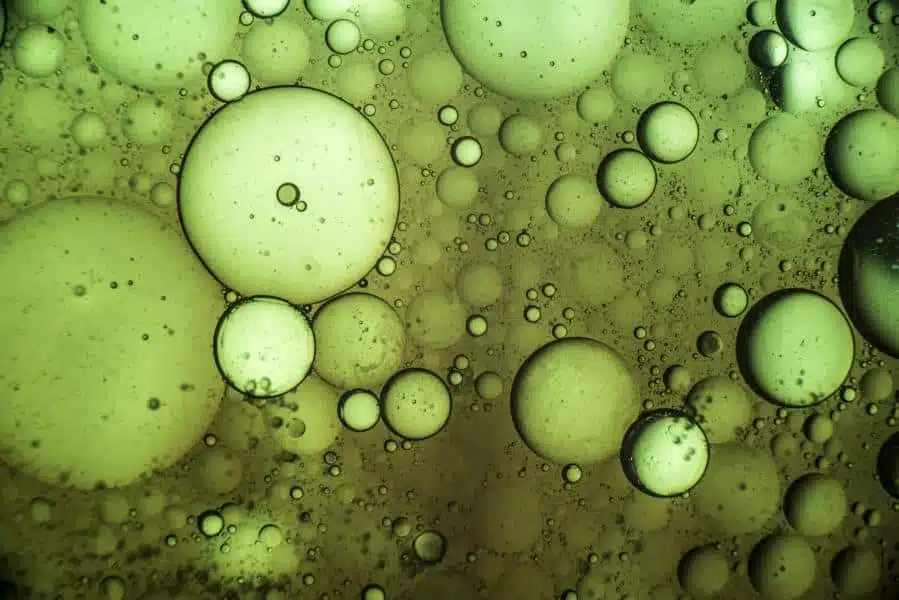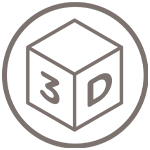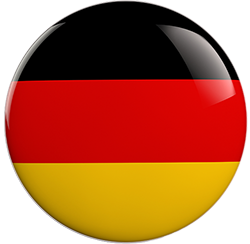What is a dispersion?
The concept of dispersion is known from various scientific fields as well as mathematics and other disciplines. In physical contexts, dispersion describes the dependency relationship between the properties of a wave and the wavelength. In chemistry, especially colloid chemistry, and process engineering, the term dispersion refers to a heterogeneous mixture of at least two substances that do not or hardly dissolve in each other or chemically combine with each other. One substance(dispersed phase, disperse phase or secondary phase) is dispersed as finely as possible in another substance(dispersant, dispersed continuous phase or main phase). A mixture of gases is always homogeneous and therefore not a dispersion.
Separation / demixing of dispersions
In most cases, the individual phases in the dispersion process can also be separated from each other again using physical methods such as filtration or centrifugation. Examples of this are emulsions such as milk or aerosols such as mists. Independent separation (sedimentation) is also possible.
Classification of disperse systems – according to particle size
Disperse systems are usually categorized either by particle size or by aggregation state. The classification according to particle size comprises three levels: Particle sizes smaller than 1 nm (molecular disperse system, e.g. true solutions), particle sizes from 1 nm to 1 µm (colloidal disperse system, e.g. protein solutions) and particle sizes larger than 1 µm (coarse disperse system, e.g. milk fat globules).
Classification of disperse systems – according to aggregate state
In the classification according to aggregate states, different types of dispersions are described for two-phase dispersions depending on the aggregate states.
Liquid
- liquid into liquid: Emulsion
- gaseous to liquid: foam
- solid to liquid: suspension
Gaseous
- liquid to gaseous: liquid aerosol (mist)
- gaseous to gaseous: gas mixture
- solid to gaseous: solid aerosol (smoke)
Firm
- liquid to solid: porous solid (moist)
- gaseous to solid: porous solid (dry)
- solid in solid: solid mixture
Examples of dispersions
- Solids mixture/mixture, e.g. granite
- Suspension, e.g. naturally cloudy apple juice
- Aerosol, e.g. fine dust in the air
- Inclusion, e.g. wet bath sponge
- Emulsion, e.g. skin cream
- Aerosol, e.g. mist
- Porous body / solid foam, e.g. foam plastic
- Foam, e.g. soap foam
Example emulsion
An emulsion is a finely dispersed mixture of two liquids such as oil and water. One liquid (phase) is distributed in small droplets in the other liquid.
Relevance for process engineering at Ebbecke
Dispersing plays an important role at Ebbecke Verfahrenstechnik, for example in the processing of liquid products for cosmetics. One of the aims is to prevent cosmetic products from separating into their individual phases again after some time. For this reason, pressure, temperature and shear sensitivity, for example, must be precisely matched to the raw material. At Ebbecke Verfahrenstechnik, processing in the mixing area is usually carried out using high shear effects, which we can ensure using reactors with different mixing systems. We also have special agitators for intermediate bulk containers (IBCs) and containers for mixing products with light bulk densities such as pyrogenic silicas into liquids.
In order to be able to take into account the pumpability of the individual products to be processed and to meet the specific hygiene requirements, we can also choose from a wide range of special pumps when using our liquid mixing systems, including air-operated diaphragm pumps, peristaltic pumps, eccentric pumps, etc.
Would you like to find out more about dispersions and the possibilities at Ebbecke Verfahrenstechnik? Simply contact us or send us an e-mail, we will be happy to advise you.
Online sources:
https://de.wikipedia.org/wiki/Dispersion_%28Chemie%29, retrieved: September 24, 2019, 19:55 UTC


















